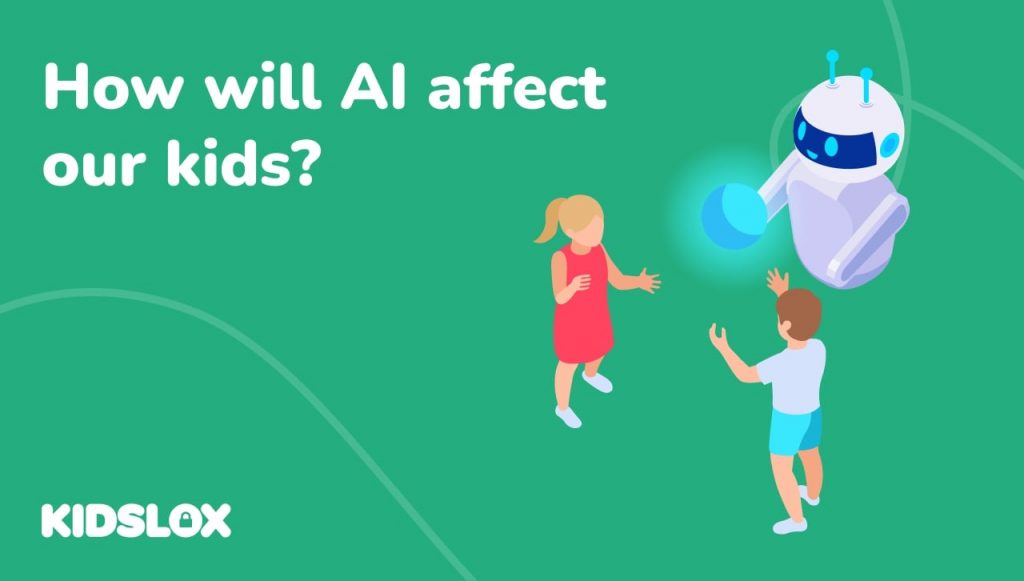Why does it matter and how can parents protect their kids?
In today’s modern world, advertising has become an omnipresent force, touching almost every aspect of our daily lives. From TV commercials to social ads, pur children are constantly exposed to marketing messages designed to capture their attention and influence their behaviour now, and in the long term.
Children, with their impressionable minds and developing cognitive abilities, are particularly susceptible to the persuasive tactics employed by advertisers. Whether it’s the allure of the latest toys or the perceived cool factor of sugary snacks, advertisers strategically target their messages to appeal to children’s desires and preferences. As a result, children often develop strong brand loyalties and consumption habits from a young age.
Is advertising to children harmful?
Advertising aimed at children encompasses a wide range of strategies and tactics designed to capture the attention and loyalty of young consumers. From traditional media outlets like television and radio to newer digital platforms such as social media and mobile apps, advertisers employ different methods to engage with their target audience.
Children will always want the latest and most popular toys and gadgets, but the most insidious thing about advertising to children is the impact it has on their developing minds.
With their limited understanding of persuasive intent and susceptibility to peer influence, kids are often unable to critically evaluate the messages presented to them. As such, advertisers leverage colorful visuals, catchy slogans, and relatable characters to create a sense of familiarity and appeal.
Today’s kids, with their native connection to technology, are exposed to advertising messages from an early age – before they have fully developed the cognitive skills to discern commercial content from entertainment.
The blurring of lines between content and advertising, particularly in digital spaces, poses new challenges for parents and regulators. Native advertising, influencer marketing, and product placements within online content make it increasingly difficult to distinguish between editorial and promotional content, raising concerns about transparency and consumer protection.
How do brands advertise to children? What should parents be aware of?
If you recall the adverts from your own childhood, it’s more than likely that you’re conjuring images of advertising breaks between your favourite shows. For today’s kids, advertising is more pervasive,and less predictable, popping up in the spaces where they learn and play.
- Online Ads and Banner Ads: The omnipresence of the internet means that today’s children are exposed to advertising messages across a wide range of platforms, including websites, social media, and mobile apps. Banner ads, pop-ups, and sponsored content seamlessly blend into their digital experiences, making it challenging to distinguish between editorial and promotional content.
- Influencer Marketing: In recent years, influencer marketing has emerged as a powerful tool for reaching children and adolescents. Popular YouTubers, Instagrammers, and TikTok stars often collaborate with brands to promote products to their young followers, blurring the lines between entertainment and advertising. Despite legal requirements to make it clear that content is an ad, sponsored or promoted, it’s still very hard to distinguish.
- Product Placement: Beyond traditional ad formats, advertisers also integrate their products into popular TV shows, movies, and video games through product placements. From branded clothing to in-game advertisements, children are constantly exposed to subtle marketing messages woven seamlessly into their entertainment experiences.
- Rise of Digital Advertising: With the increasing prevalence of smartphones, tablets, and internet-connected devices, children are spending more time online than ever before. As a result, advertisers have shifted their focus to digital platforms, including social media, video-sharing websites, and mobile apps, to target young audiences.
- Targeted Advertising Algorithms: Online advertising platforms leverage sophisticated algorithms to target advertisements to specific demographics, interests, and behaviors. Children are often exposed to personalized advertising messages tailored to their browsing history, preferences, and online interactions, making it challenging for parents to monitor and regulate their exposure to commercial content.
- Data Privacy Concerns: The collection and use of children’s personal data for targeted advertising purposes raise significant privacy concerns. Regulations such as the Children’s Online Privacy Protection Act (COPPA) aim to protect children’s privacy online by requiring parental consent for the collection of personal information from children under the age of 13.
What’s the big deal? Why should we care about advertising to children?
The not-for-profit organization, Fairplay argues that advertising for children has a profoundly detrimental effect on their development and wellbeing. Its mission is to protect children from brands and to promote balanced childhood. Why?
- Advertisements often create unrealistic expectations and desires in children, leading to feelings of inadequacy and dissatisfaction when their wants are not met. The constant barrage of idealized images and lifestyles portrayed in advertisements can contribute to low self-esteem and body image issues among young viewers.
- Exposure to advertising from a young age can shape children’s cognitive processes and decision-making skills. Advertisements often employ persuasive techniques such as repetition, peer endorsement, and emotional appeals to influence children’s preferences and choices. As a result, children may develop brand loyalties and consumption habits that persist into adulthood.
- Advertisers often tap into children’s emotions to create memorable and impactful campaigns that leave a lasting impression. However, excessive exposure to advertising messages can also desensitize children to the real-world consequences of their actions and choices.
- It’s essential to recognize that children are a vulnerable audience, susceptible to the persuasive tactics employed by advertisers. By understanding the psychological, cognitive, and emotional effects of advertising on children, we can better equip parents, educators, and policymakers to mitigate potential harms and promote media literacy and critical thinking skills among young viewers.
Isn’t it illegal to advertise to children?
Many countries have introduced regulatory frameworks to protect young minds from exploitative or harmful advertising practices. Let’s take a trip around the world to see how it works in different countries:
- USA: In the United States, advertising to children is regulated by the Federal Trade Commission (FTC). The Children’s Online Privacy Protection Act (COPPA) imposes restrictions on the collection of personal information from children under the age of 13 and requires parental consent for online advertising targeting this demographic.
- UK: In the United Kingdom, advertising to children is overseen by the Advertising Standards Authority (ASA). The Committee of Advertising Practice (CAP) sets guidelines for responsible advertising to children, including restrictions on the use of misleading or deceptive content and the promotion of unhealthy products like junk food and sugary drinks.
- EU: In the European Union, advertising to children is governed by the Audiovisual Media Services Directive (AVMSD). The directive prohibits advertising that is likely to harm the physical, mental, or moral development of children and imposes restrictions on the timing and content of advertisements aired during children’s programming.
While these regulatory frameworks provide important safeguards for children against potentially harmful advertising practices, enforcing them is the biggest challenge. One of the most blurred areas is in influencer marketing where it’s unclear what is paid promotion and what isn’t.
How does advertising impact teenagers?
As children transition into adolescence, the influence of advertising continues to shape their attitudes, behaviors, and consumption patterns.In this critical part of their development, the exposure to the wrong types of messaging can be particularly harmful. Here’s how:
- As they strive for independence and identity formation, teenagers may be more inclined to seek validation and acceptance through consumer culture.
- Advertisers often target teenagers with messages that tap into their insecurities, aspirations, and desire for social acceptance, leading to impulsive and sometimes reckless consumption behaviors.
- From fashion trends to lifestyle choices, teenagers may internalize these messages and strive to emulate the images and lifestyles portrayed in advertisements.
- Advertisements for sugary snacks, fast food, and sugary drinks contribute to poor dietary habits and childhood obesity. Moreover, the promotion of unhealthy body ideals and beauty standards can lead to disordered eating behaviors and body image issues among young viewers.
What’s the solution? How can parents protect children from harmful advertising?
- One of the primary ethical concerns surrounding advertising to children is the lack of transparency regarding commercial content. Children may not always recognize when they are being marketed to, especially in the case of product placements and influencer marketing. Ensuring clear and conspicuous disclosure of commercial relationships is essential to maintaining trust and integrity in advertising.
- Advertisers have a responsibility to ensure that their marketing practices are fair and equitable, particularly when targeting vulnerable populations like children. Manipulative or deceptive advertising tactics that exploit children’s naivety or lack of understanding are widely condemned as unethical and exploitative.
- Advertisers wield considerable influence over children’s attitudes, beliefs, and behaviors, making it imperative that they use their power responsibly. Promoting positive messages and values, such as environmental stewardship, diversity, and inclusivity, can contribute to a healthier and more equitable society.
- Educating children about online advertising techniques, data privacy, and digital citizenship is essential to empowering them to navigate the digital landscape responsibly. By promoting media literacy and critical thinking skills, we can help children develop the knowledge and skills they need to make informed choices online.
As online advertising to children continues to evolve, it’s essential for parents, educators, and policymakers to stay informed and vigilant about the potential risks and challenges. By working together to promote responsible advertising practices and empower children to become savvy digital citizens, we can create a safer and more positive online environment for future generations.




